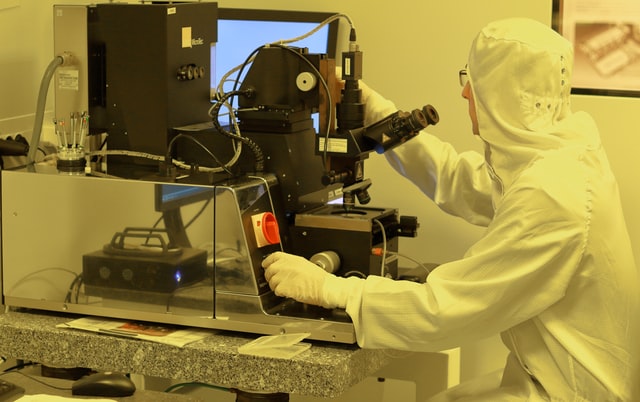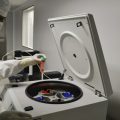Most people tend to think of science as a permanent fixture in our daily lives. Everything in the scientific community that has ever been has already come about. It’s an interesting perspective that seems rooted in some superficially strong evidence. The technology behind many of our best advances, solar power, fiber optics, lasers, the internet, have been around for decades. However, this idea that everything we have is merely an advancement of something older is pure hogwash. The scientific community has underwent drastic changes in the last two decades alone. Here are five extremely useful inventions scientists use every day that didn’t even exist until about 20 years ago.
Nanotechnology:
Many will decry that we’ve seen nano-tech since the early to mid 20th century. However, this isn’t entirely true. Saying that they had a firm grasp on Nano-tech is like saying we have a firm grip on quantum computing. The core concepts are there but the execution is lacking, however tantalizing. The first major advancement to kick-start the nano age was the invention of the nano-motor roughly twenty years ago. Now we’re developing even more complex machines on the atomic scale that could even attach to viruses.
Smart Pill:
When we’re sick, we’re often prescribed some form of treatment. Generally it’s in the form of a pill. These have been around forever, right? Not so. What we know today are actually called “Smart Pills,” and they have only been around for just about 20 years. They’re considered miracles of pharmaceutical technology considering all we have to do is ingest them and then our work is done. They’ve been a huge boost to medicine and medical scientists the world over.
3D Printing:
3D Printing has been making headlines recently. After all, the ability to print out 3-Dimensional models for construction (or even just for crafts) is extremely appealing prospect. Most savvy people will remember, though, that the technology has only made the news lately because it’s now available for the average man. The actual technology to create layered products originated in…1992. In fact, it shouldn’t be all that surprising considering ink-jet printing has only been around since the mid 1970′s. Scientists use 3D printing to create models and test their theories.
Hubble Space Telescope:
The Hubble Space Telescope is considered one of the most important scientific tools of all time. The amount of knowledge we’ve accumulated as a species due to it’s lenses are literally astronomical in scope. Since we’ve been participating in the space race since the fifties and sixties, wouldn’t that make this the granddaddy of them all? Hardly. The Space Telescope is a veritable youngster. It made its debut in 1990 with a serious defect in the mirror. It was still extremely useful and made even more so when they corrected it in 1993.
Human Genome Project:
The Human Genome Project was the audacious plan to try and understand our most basic genetic structures. The vast amount of data collected by scientists is truly mind-boggling. It’s still used to identify where to start for genetic trials and investigations. However, the project wasn’t even completed until the turn of the twenty-first century or published until 2004. The largest step in the field of Genetics since Gregor Mendel is closer to our time than it is to the creation of the Internet.
Clearly, scientific progress is more than just building up from old ideas. Truly novel theories are still coming to light and promising to procure even more inventions in the near future.





